Solar Eclipse Passing over Belize in October
October 14th: Northern and Central Belize are in the Path of an Annular Solar Eclipse
According to National Geographic: “Because solar eclipses are visible from such a small area on Earth each time, the chance of observing one from any single spot is less than once in a lifetime.”
This makes it even more incredible – incomprehensible, in fact – that over 1500 years ago, the Maya were so adept at understanding and tracking time, astronomy, and the solar and lunar phases and alignments, that they could predict eclipses.
You might live in a spot and never see one. I, for one, have never seen one. I think one may have passed over NJ in my childhood – I remember making a special viewer, so I didn’t hurt my eyes. And then…it was a cloudy day and we saw nothing. My chance…gone…
But not anymore! On October 14th, Northern and Central Belize are in the 100% path – the path of totality for an annular solar eclipse.
It’s going to look like this. Photo from GreatAmericanEclipse.com
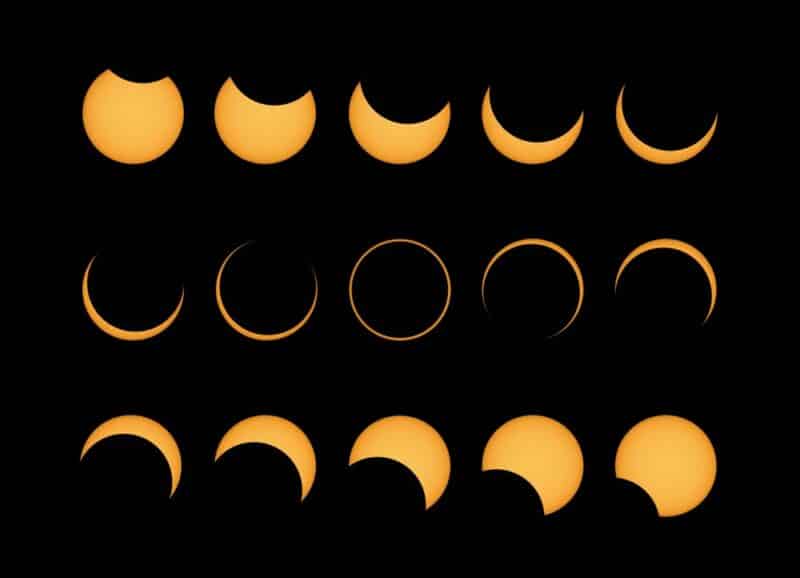
Here’s what the path looks like. The path is only about 100 miles wide.
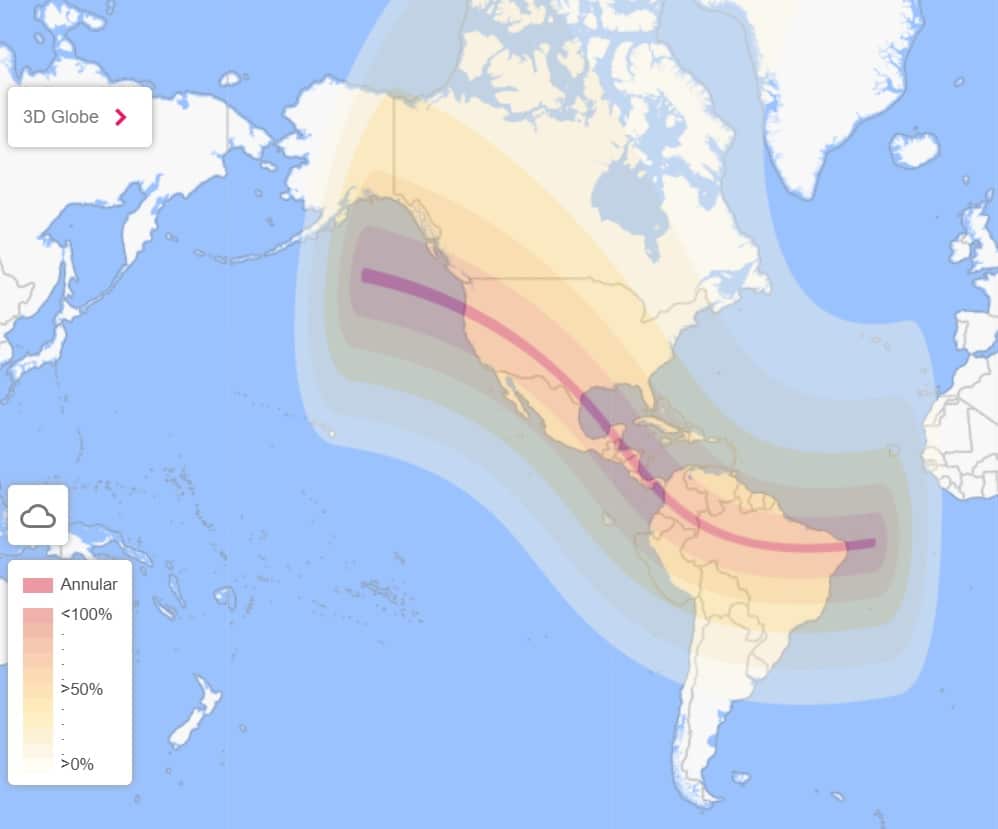
And from NASA’s website – this specific to Central America. Ambergris Caye is right in there.
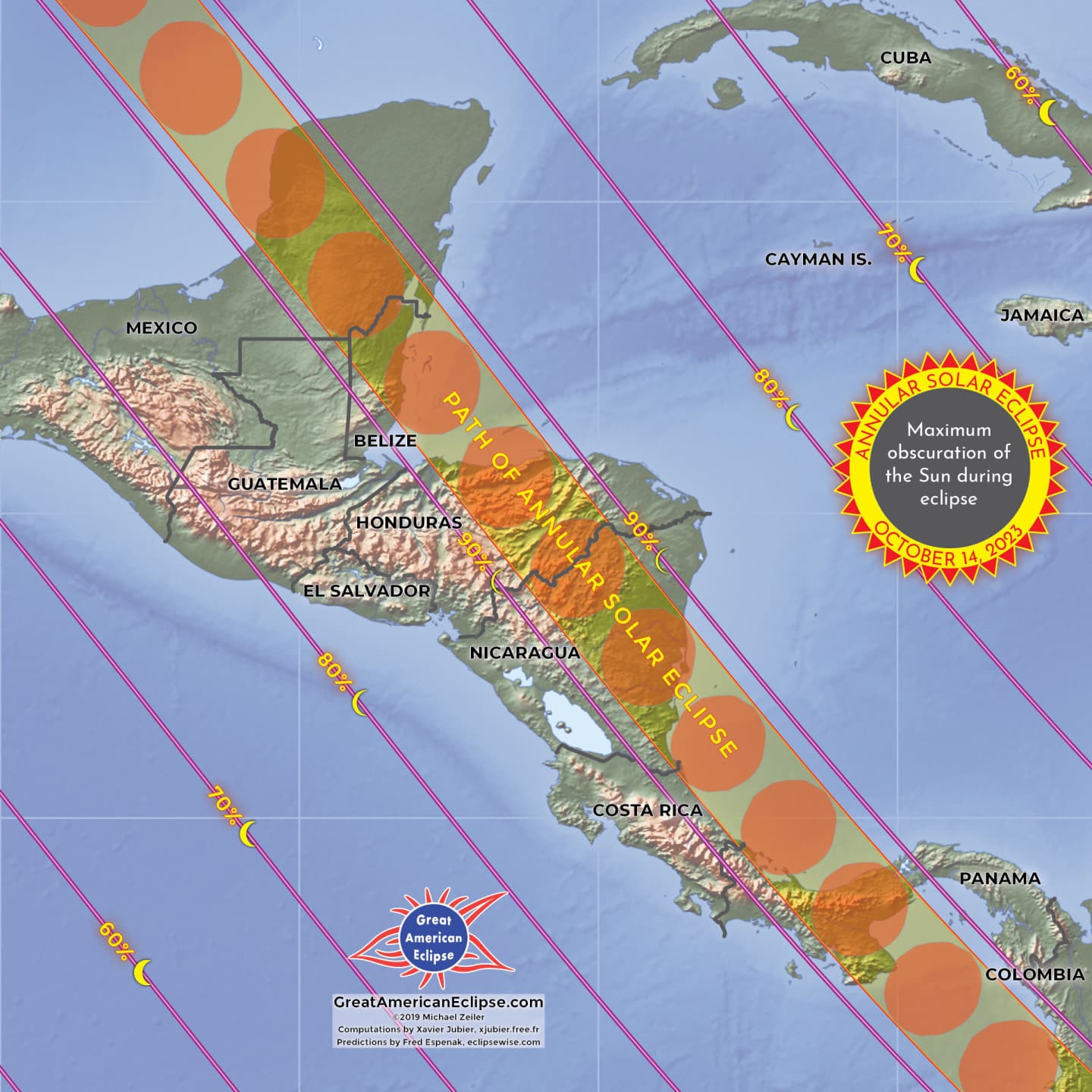
This website – GreatAmericanEclipse.com – has so much great information about eclipses.
But wait…what is this word Annular before the term Solar Eclipse?
Well…there are two types of solar eclipses. And I’ve asked a real expert to tell me the difference, ChatGPT. Here’s what our future AI overlord has to say:
During a total solar eclipse, the Moon completely covers the Sun, and the Sun’s corona (the outermost part of the Sun’s atmosphere) becomes visible. This creates a dark sky in the area of totality, and observers can see stars and planets in the daytime sky. Total solar eclipses are relatively rare and last only a few minutes.
In contrast, during an annular solar eclipse, the Moon passes directly in front of the Sun, but it does not completely cover it. The Moon is too far from Earth in its elliptical orbit to appear large enough to completely block the Sun, so a bright ring of sunlight remains visible around the edge of the Moon. This creates a “ring of fire” effect. Annular solar eclipses are more common than total solar eclipses and can last longer.
Ring of fire! Cool. Where will you be for this October 14, 2023 annular eclipse when the sky darkens and the sun creates a ring of fire?!
Perhaps standing on top of a Maya site like Lamanai or Caracol trying to imagine ancient people actually understanding what was going on…
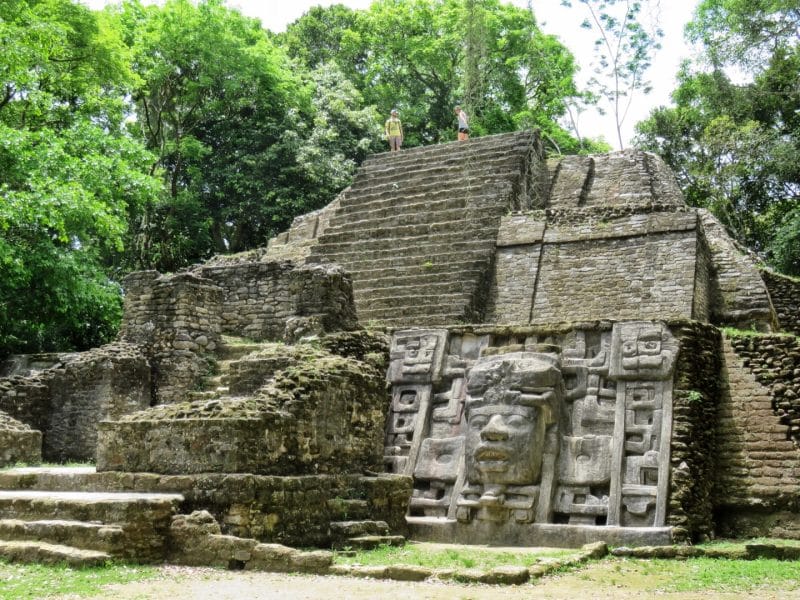
Or perhaps on a sand bar on the west side of Ambergris Caye…or maybe flyfishing…what do the fish do during a solar eclipse?!
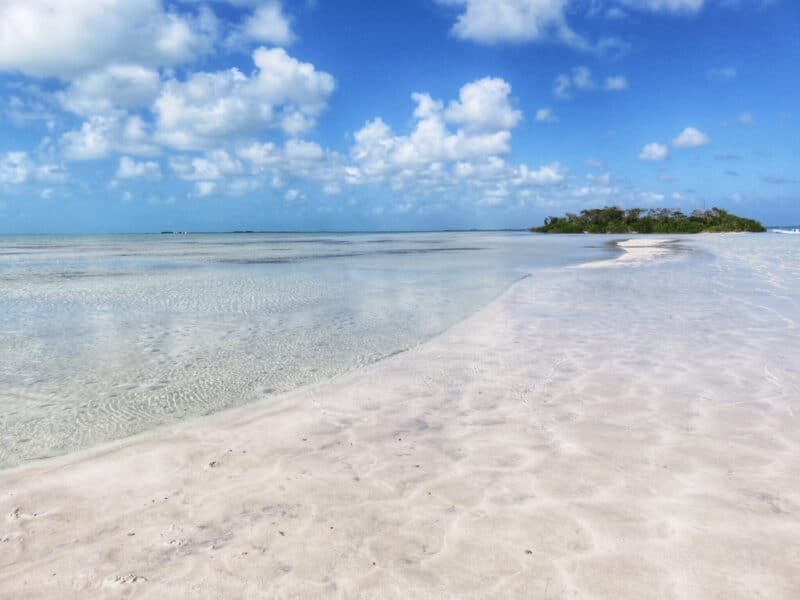
Maybe a gorgeous jungle resort…or a dock on Caye Caulker…
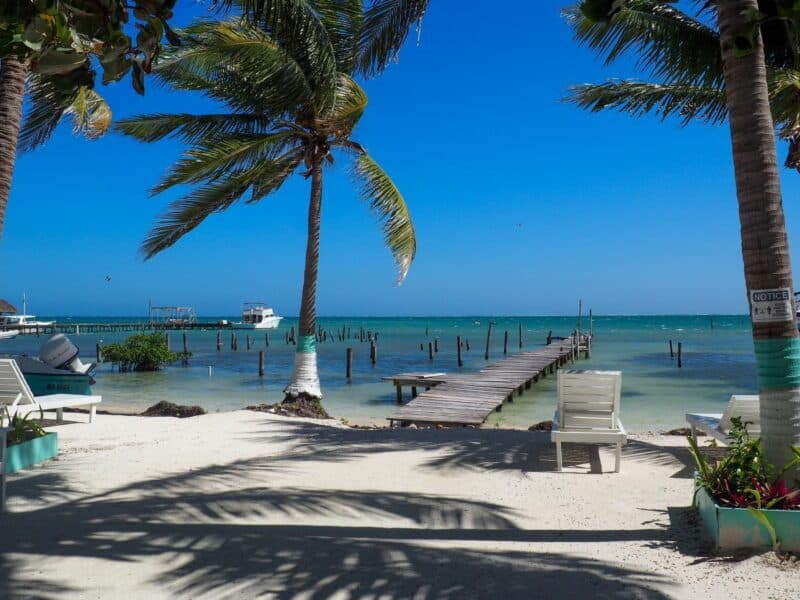
I’m excited already. And I only learned of this yesterday – thanks Scott! Very cool.
Who’s going to make the cool t-shirts?
It looks like the eclipse will start at around 9am and end in the early afternoon.
Posted in: